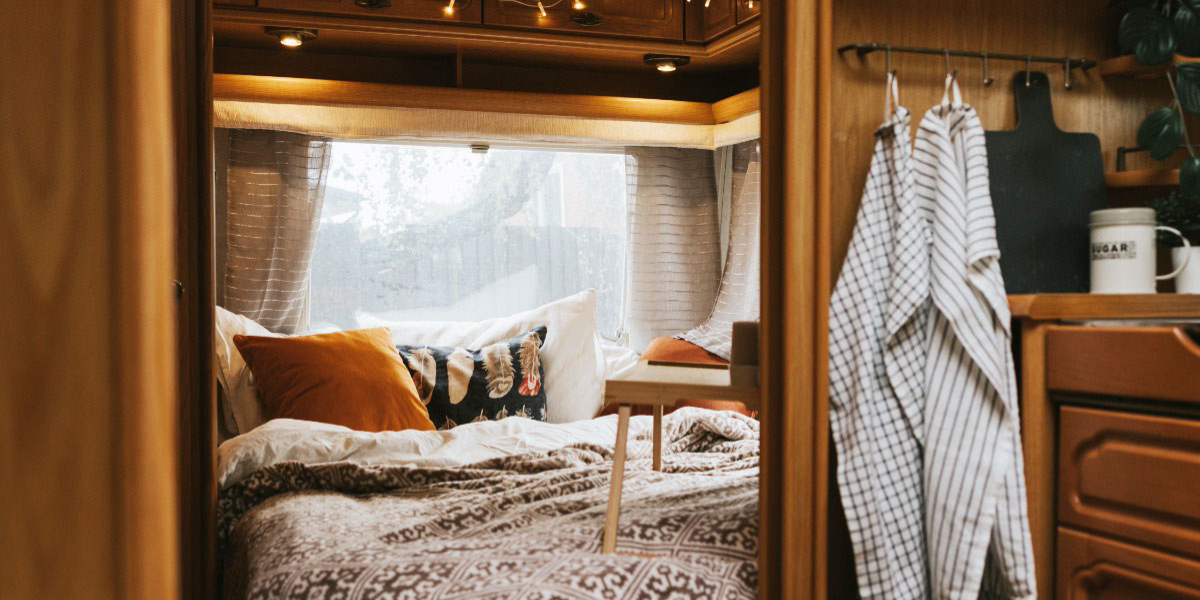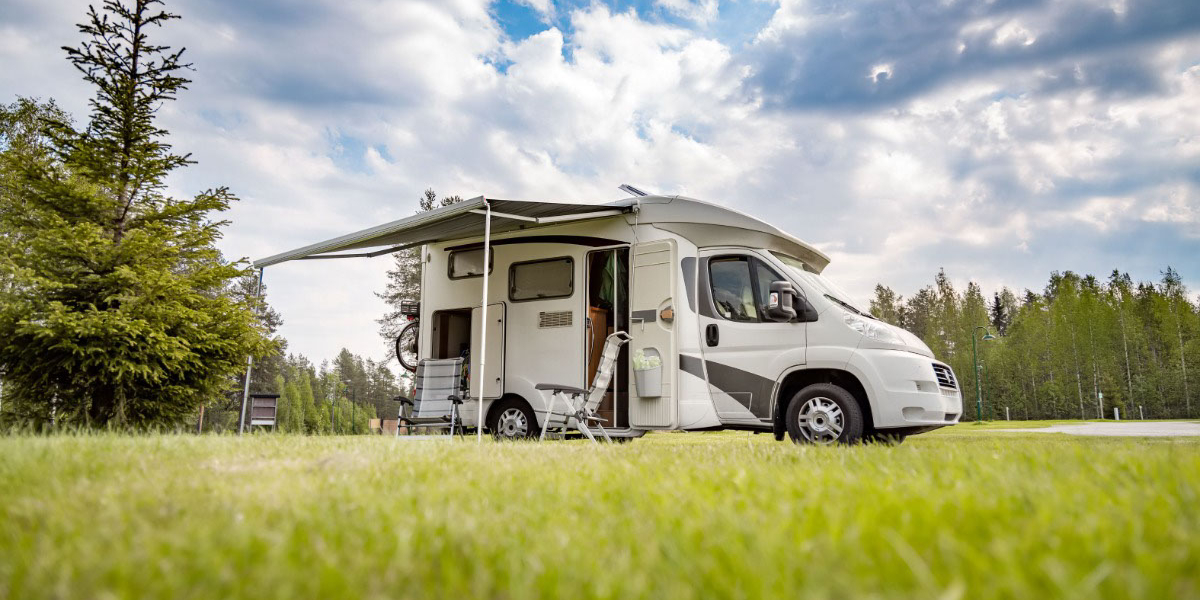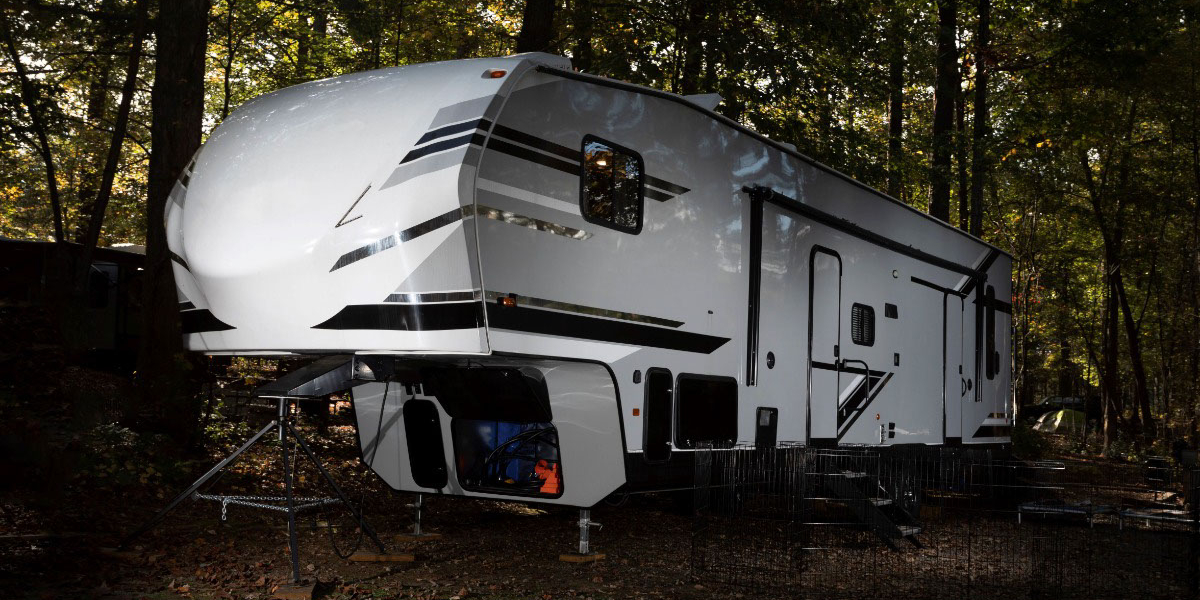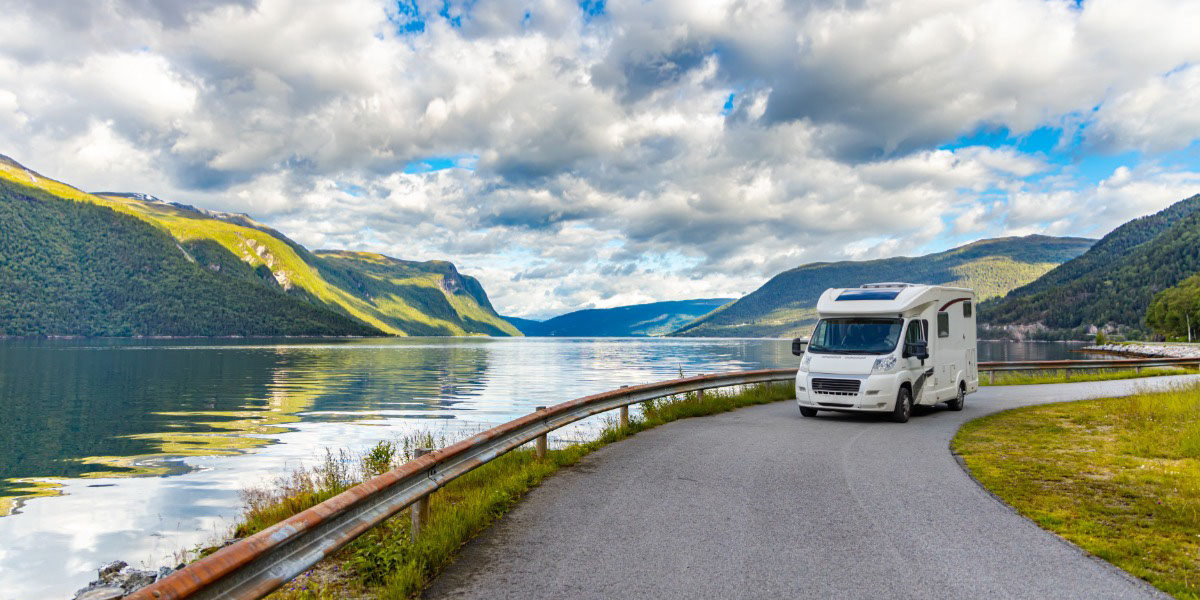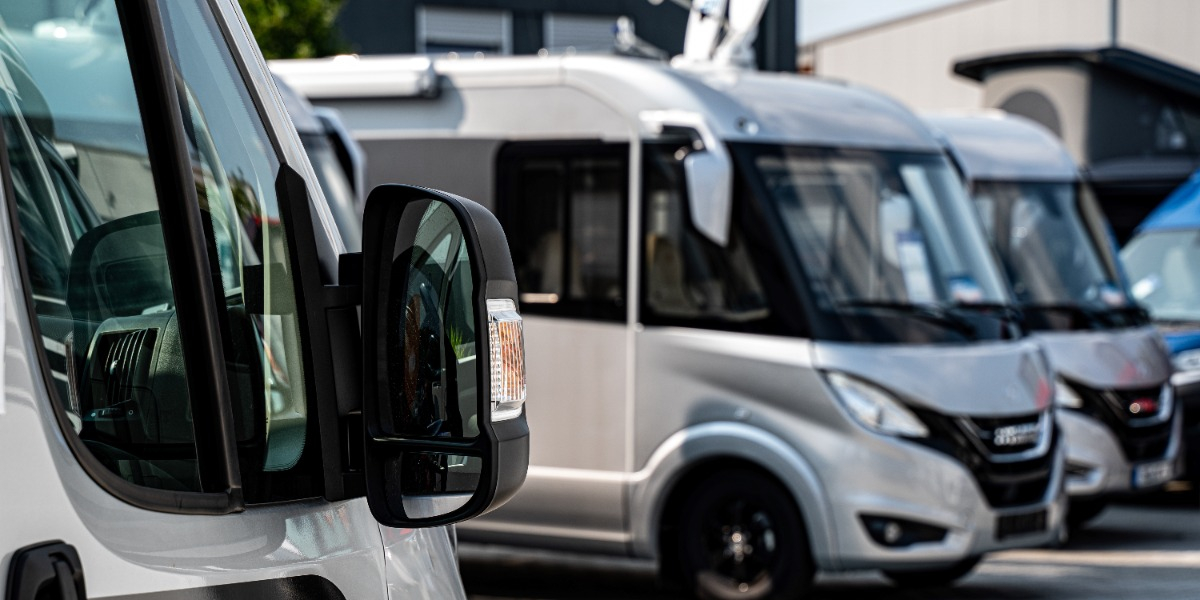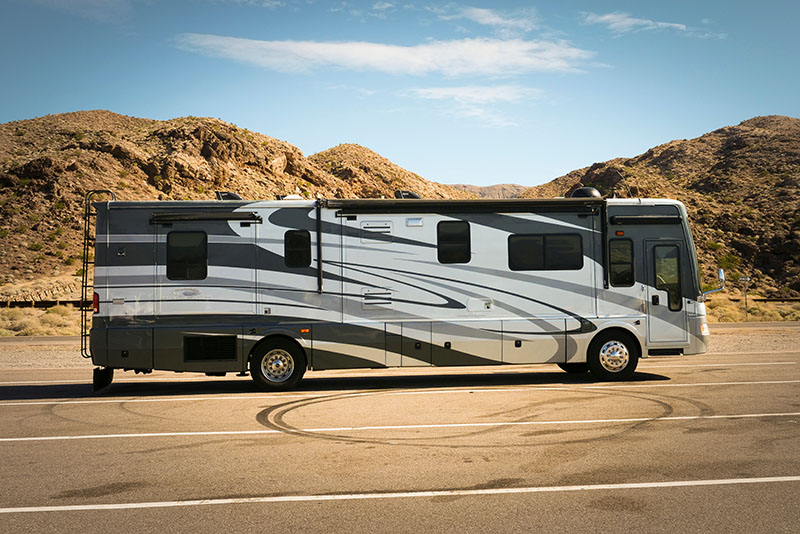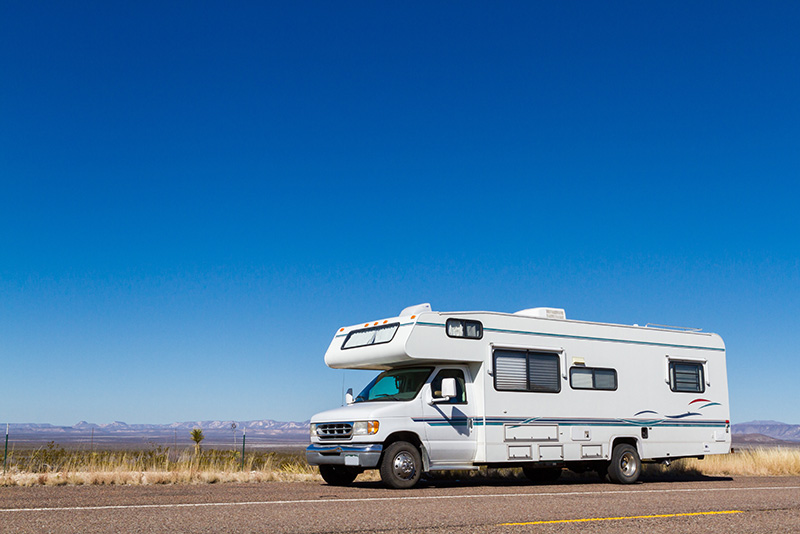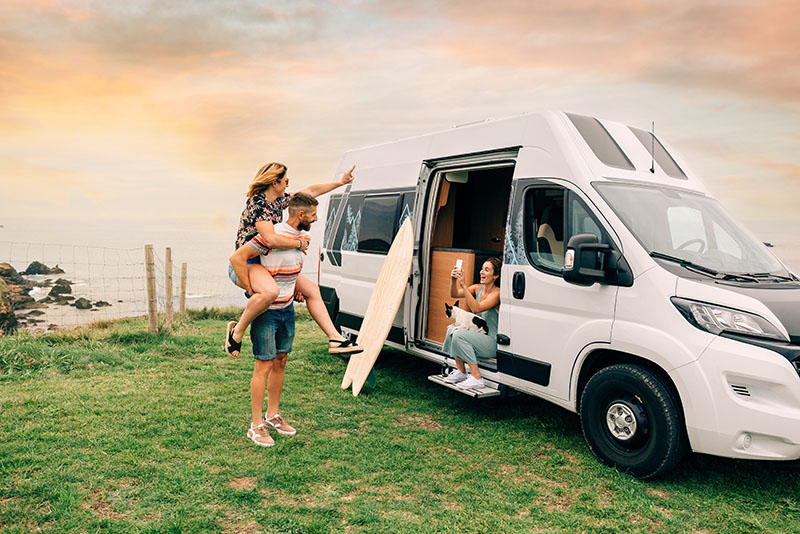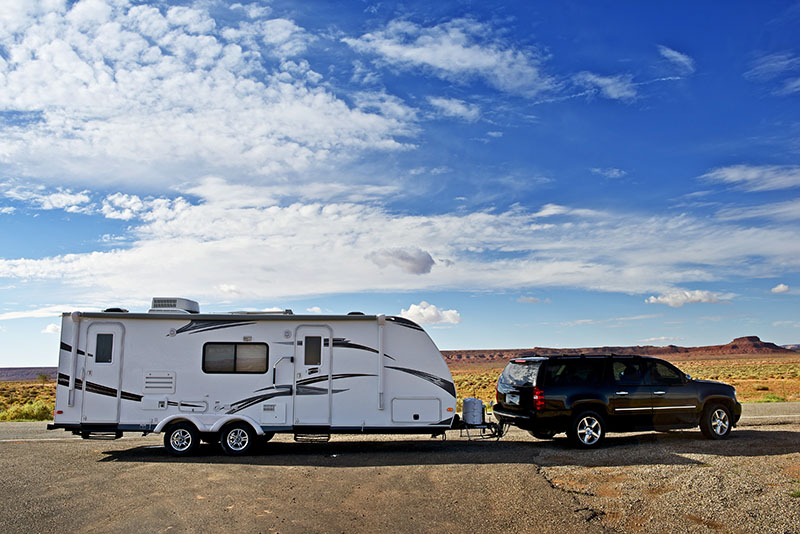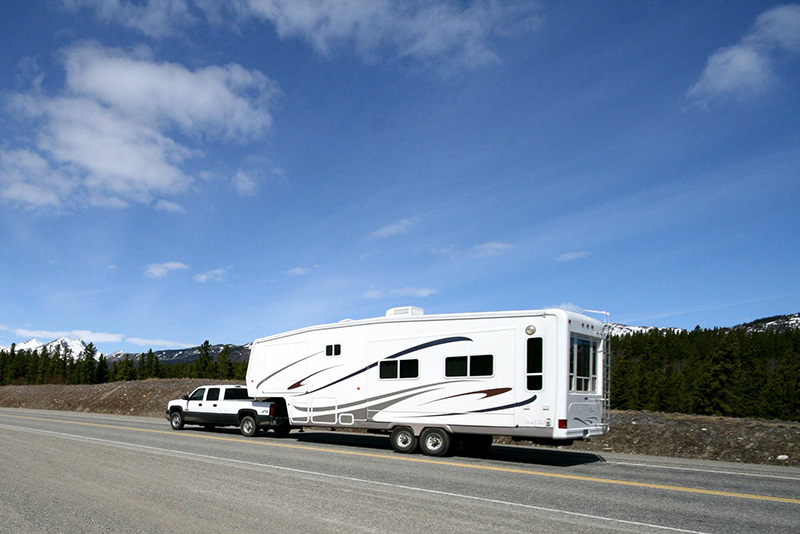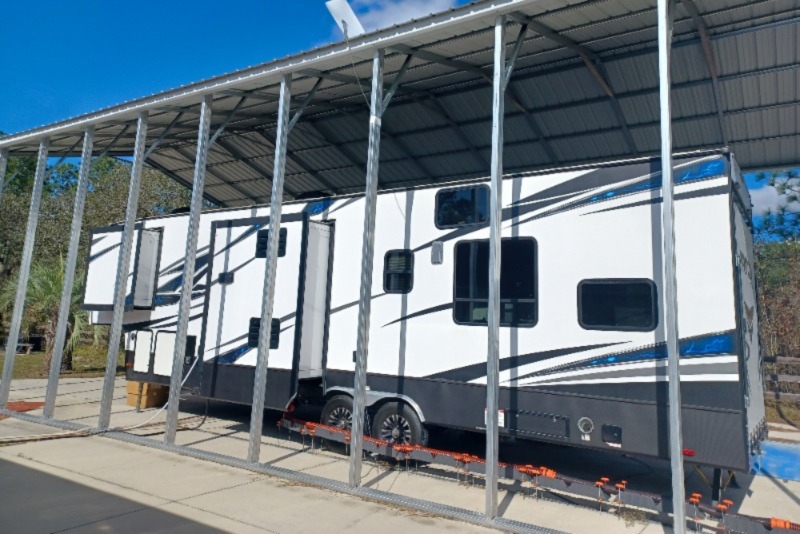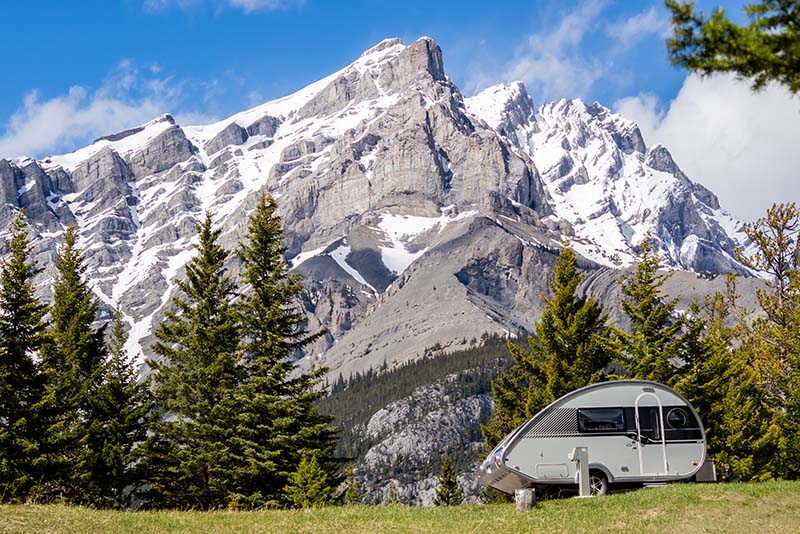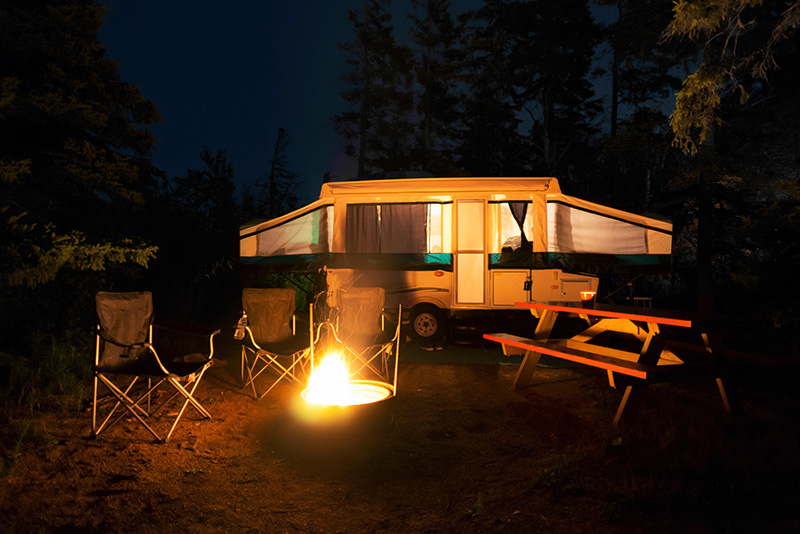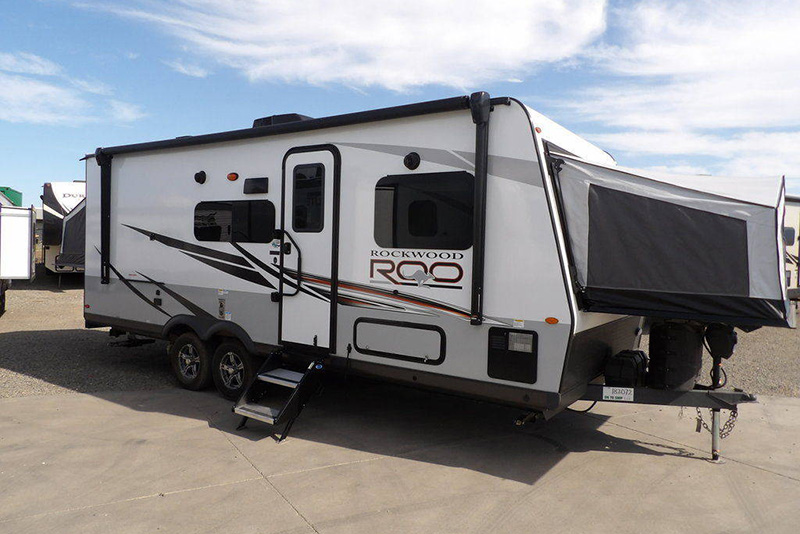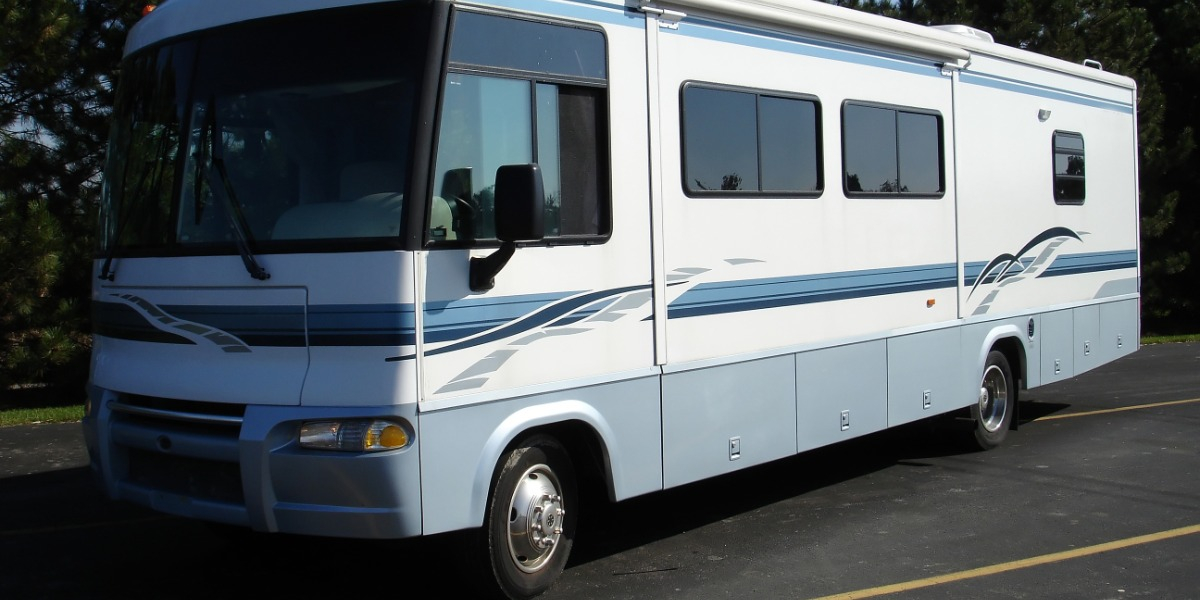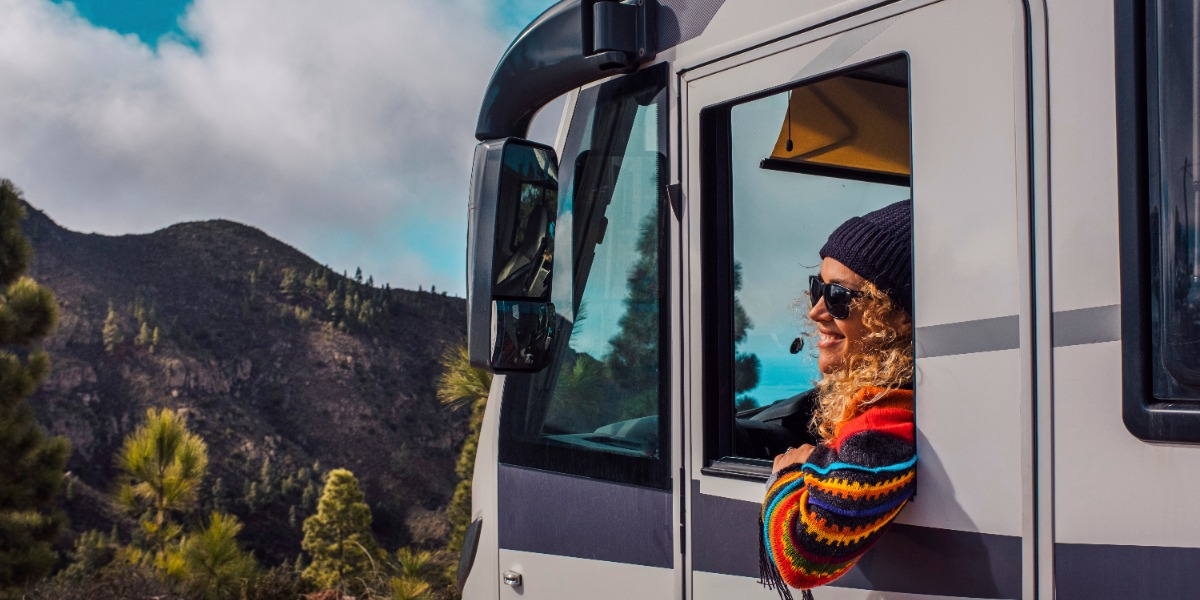We’ve all seen stunning photos and videos of mind-blowing RV renovation projects that are all over Facebook, Instagram, and TikTok. If you’re interested in flipping an RV to sell, you’re certainly not alone. While renovating an RV is a big job that takes a lot of time and dedication, there are even more things to consider when the renovation is a flip to sell. If you approach your renovation project the right way, the experience will likely be a rewarding one. But if you try to cut corners and complete the job quickly, you’ll likely have trouble selling your motorhome. RV Trader is sharing seven helpful tips that will ensure your renovation is a flip and not a flop.
1. Follow current design trends and aesthetics.
When it comes to renovated RVs, aesthetics are important. If the interior of your fifth wheel or other RV is trendy, incorporating popular designs, paint colors, and hardware, it will generate significantly more interest and sell for more cash.
Keep in mind that popular design trends may not align with your particular taste or style. But at the end of the day, you’re renovating your RV to sell, not to keep. Do plenty of research before you begin your renovation project, and look for stylish updates that would be possible for your RV. Social media is a great place to find ideas and inspiration, since many RVers enjoy documenting their renovation processes online.
Ultimately, it’s important to identify your target audience, step into their shoes, and figure out what they want. Is modern, trendy furniture more important than comfort? Are light paint colors more popular than dark paint colors? Is kitchen space and function a priority? Once you can nail down some specific answers, you’ll be ready to get started with your renovation.
2. Look for vintage models.
Finding and renovating a vintage camper isn’t absolutely necessary, but it will definitely increase your odds of selling for a great price. Vintage campers can usually be purchased for cheap, since they’re so old and outdated. They also have an irresistible charm that many RVers appreciate. If you decide to go this route, make sure you inspect the camper thoroughly before you buy it. If there are any major issues with the RV that may prevent it from running smoothly or will cost a fortune to be fixed, those are important things to consider. You don’t want to get stuck with an old RV that’s beyond repair because it wasn’t properly inspected.
3. Snag a great deal on a used RV.
If you’ve decided to flip an RV but you don’t know where to start, check out our used listings on RVTrader.com. This will give you a good idea of what’s available on the market, along with which models fit comfortably into your budget. Eventually, you’ll have to narrow down your search if you want to find the perfect used RV for your renovation project. There are many different types of RVs, and each comes with its own set of pros and cons. Teardrop trailers are great for weekend travelers, while Class A RVs and Class C RVs are great for those who wish to live on the road full-time.
Once again, this is where it becomes important to know your target audience. It’s not only about the aesthetic they want, but also about how they plan to use their RV. Once you’ve determined the make and/or model you want, you’ll be able to keep an eye on the market until you find one at your preferred price point.
4. Consider the cost of materials and labor when you list the RV for sale.
Time is money, and you should be compensated for it. It can be difficult to calculate the cost of labor, especially if this is your first renovation job. The best thing you can do is track all the time you spend working on your renovation from the very beginning. If you plan to make a business out of flipping RVs, this will be a huge help down the road and help ensure you’re making a profit from each sale.
Overall, your purchase price should include the cost of labor, the cost of physical materials and furniture/decor, and the purchase price of the used RV. It’s wise to head into each sale having an “ideal price” in mind and a “quick sale” price that you’d be willing to accept. This will take some pressure off of the sale and give you a bit more flexibility.
5. Make sure your renovation job is high quality.
Your RV might look ultra trendy for social media photos, but if the workmanship is subpar and the materials used are cheap, it’s going to be harder to sell. Make sure you pay attention to both large and small details. Tiny imperfections, such as uneven paint brush strokes, flooring that doesn’t align perfectly with the wall, and cheap hardware, will turn a lot of buyers away. If you don’t think you have the skill set to complete a project, consider paying the extra cost to hire a professional.
6. Time your renovation project with the RV community’s busy season.
Peak season for RV traveling is generally during the summer, from late June to mid August. This is because families often wait until their kids are out of school to embark on scenic vacations across the United States. Even for those without kids, the warmth of summer tends to attract more RV travelers that are eager to get outside.
If you can, time the end of your renovation project to wrap up during the spring. This way, you’ll have a larger pool of interested potential buyers.
7. Create an attractive listing.
Your renovation job might be done, but your work is not complete! The last step of the process is to create an eye-catching listing that will entice potential buyers. Take high-quality photos and videos, and include as much detail in the listing as possible. This includes make, model, weight, mileage, number of beds, kitchen amenities, if there’s a toilet, the updates you’ve made, and more. The more detail you can provide, the better.
For renovation projects, before and after photos are the best way to show how drastically the interior has changed. Make sure you capture some before photos so you compare them side by side in your listing.
If you’re ready to start shopping for an RV to flip this spring, browse our nationwide inventory at RVTrader.com. And once you’ve finished your renovation and are ready to flip it, sell your renovated RV with RV Trader. With over 6.5 million site visits to our marketplace every single month, you’re likely to find an interested buyer faster than anywhere else online.
